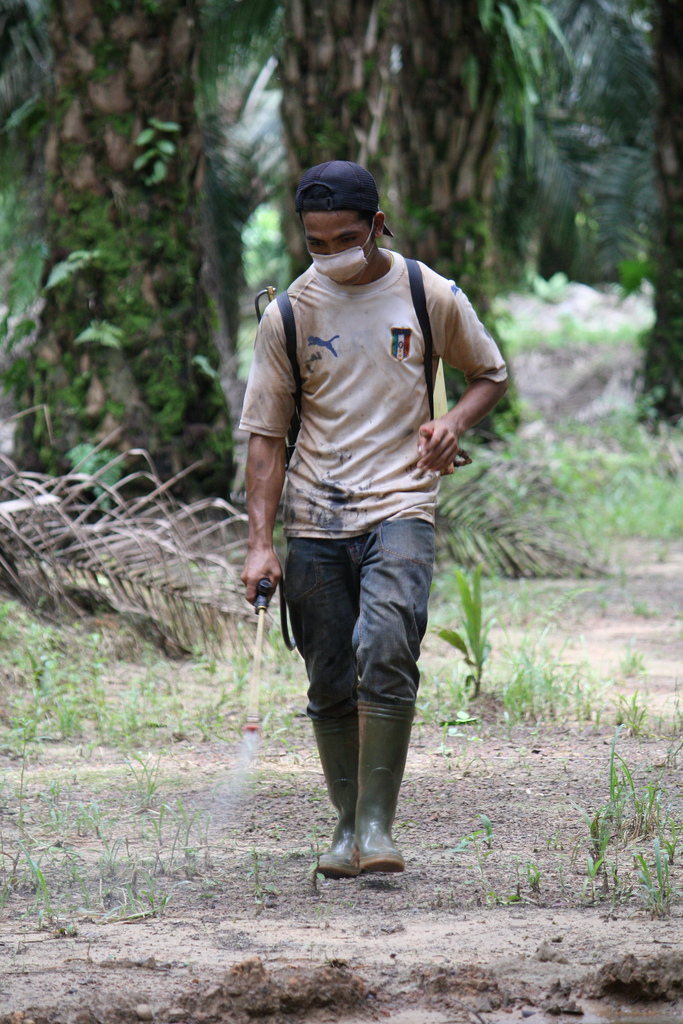
We all know how dangerous pesticide exposure is to the health. But two new studies linked agricultural chemicals to suicide as well as an increased risk of birth defects. Scientists at UC Santa Barbara found that pregnant women exposed to agricultural chemicals are 9% likely to give birth to a baby with birth defects.

Another study, which was published in The Lancet found that pesticide exposure increases the risk of suicide among farmers. The study, which was conducted in rural Asia, concluded that pesticide exposure increases the risk of farmer suicide by a staggering 89%.
Two recently released studies have linked pesticide exposure to devastating health problems around the world. One study, conducted by researchers from the University of California Santa Barbara, linked gestational pesticide exposure to fetal abnormalities. The second study linked the presence of these chemicals in rural Asian farming communities to drastically increased incidence of farmer suicide.
The UC Santa Barbara study found that pregnant women who are exposed to pesticides as a result of living near agricultural land are 9 percent more likely to give birth to a baby with birth abnormalities; the risk of giving birth prematurely rose by about 8 percent with pesticide exposure.
Researchers also found that extreme exposures to pesticides (more than 11,000 kg over the course of the pregnancy) led to even greater risks: an 11 percent increased risk of preterm birth and 20 percent increased probability of low birth weight.
The researchers compared 500,000 birth records for people born in the San Joaquin Valley between 1997 and 2011 and cross-referenced this information with the levels of pesticides used in the area.
“Concerns about the effects of harmful environmental exposure on birth outcomes have existed for decades,” the researchers noted in the journal Nature Communications. “Great advances have been made in understanding the effects of smoking and air pollution, among others, yet research on the effects of pesticides has remained inconclusive.”
Peer researchers applauded the “meticulous way” in which the study was carried out in comments to the Independent, but some noted one unfortunate gap in the research: which pesticides were responsible for the problem. The researchers addressed this gap in their paper, writing that accessing this information was “extremely challenging, because many chemicals are used in conjunction or in close spatial or temporal windows.”
Dr. Christopher Connolly, a neurobiologist at Dundee University told the Independent that it was “important that the study is repeated with a detailed list of the chemicals used at each site and the impact on births correlated to individual pesticide (and cocktail) application.
www.organicauthority.com
Image courtesy of: NTVietKhanh






